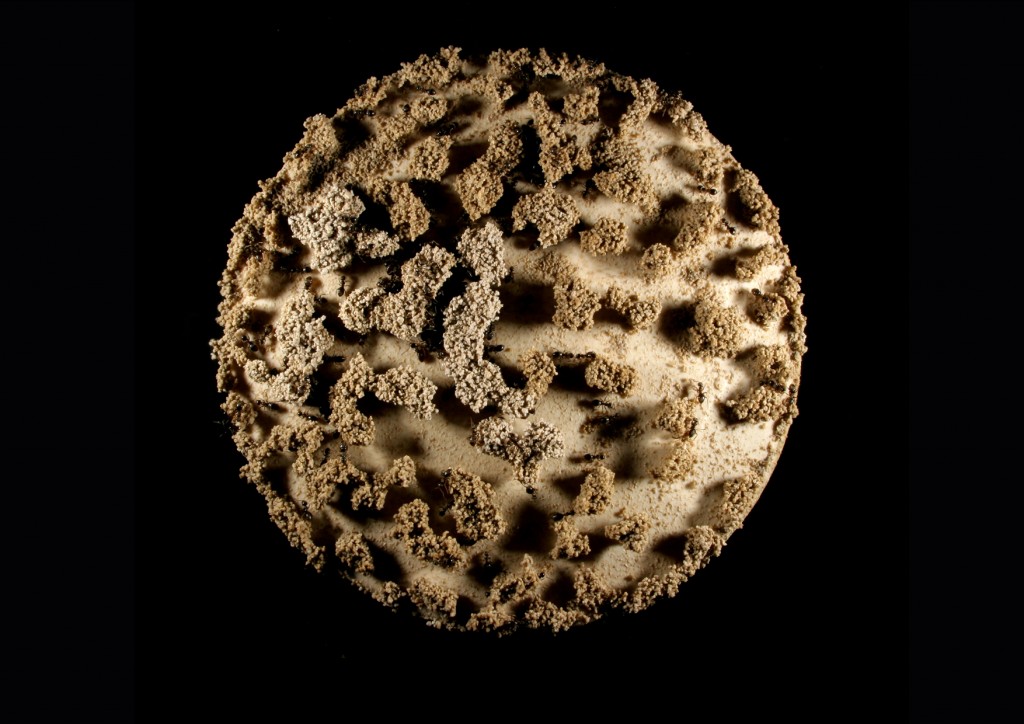Quantitative analysis and 3D modeling of collective nest construction in ants
Guy Theraulaz
Centre de Recherches sur la Cognition Animale, CNRS, France
The amazing ability of social insects to solve everyday-life problems, also known as ‘swarm intelligence’, has received considerable attention in the past 20 years. One of the most famous feats of insect societies is their ability to build impressive nest architectures. Not only is their characteristic scale typically much larger than the size of individual insects but some of these nests can also be highly complex. The evolution of construction techniques used by ants, wasps, bees and termites has provided a whole set of innovations in terms of architectural designs that proved to be efficient to solve problems as various as controlling nest temperature, ensuring gas exchanges with the outside environment or adapting nest architecture to growing colony size. The big question is: how do these efficient designs emerge from the combination of millions of local building actions performed by individual workers? And how do insects interact with each other to coordinate their building actions? To investigate these issues, we use a combination of experimental and modeling approaches to decipher the mechanisms involved in the coordination of nest building in the ant Lasius niger. We first characterize nest architecture and its growth with 3D imaging techniques; then we test the building responses of individual ants to artificial stimuli. In a second step, we develop a 3D model implementing the mechanisms detected on the individual level and show that it can quantitatively reproduce the construction dynamics and the spatial patterns observed at the collective level in various conditions. Our results show that a pheromone added by ants to the building material is a key factor that controls the growth and form of nest architecture. The model also reveals that complex helicoidal structures connecting nearby chambers emerge from a constant remodeling process of nest architecture. This modeling approach in which all of the model’s ingredients are validated by dedicated experiments provides a way to assess the contribution of each behavioral component at the individual level to the emergent collective properties.









You must be logged in to post a comment.